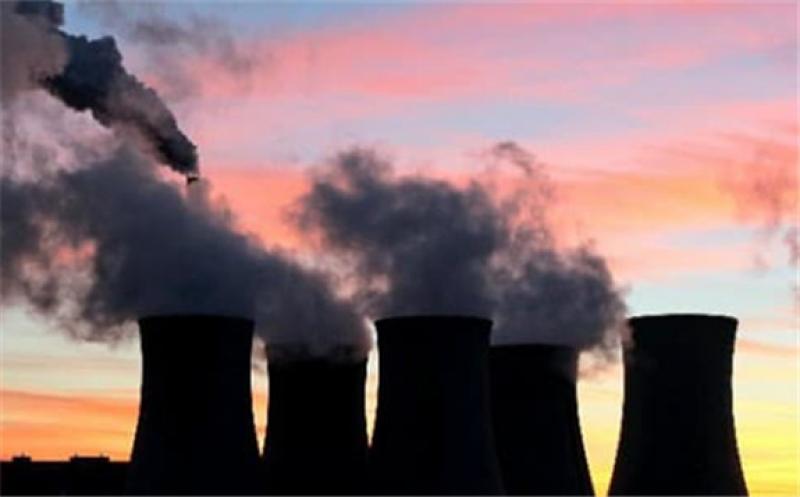Excessive sulfur dioxide emissions from coal-fired power plants in the Western Balkans resulted in the death of more than ten thousand people, more than half of them living in the European Union, a new report from CEE Bankwatch, a global NGO network.

The report found that 18 power plants in Serbia, Kosovo, Montenegro, Bosnia and Herzegovina, and Northern Macedonia, had caused the death of as many as 19,000 people over the last three years.
The culprit was sulfur dioxide emissions, which the report found were on average 2.5 times higher than the total sulfur dioxide emissions of the 221 coal power plants operating in the European Union during the period. That period was not selected randomly: it has been three years since the European Union imposed emission obligations on non-EU countries in the region. The sulfur dioxide emissions calculated for the report were six times the maximum allowed amount.
“These 18 coal plants in the Western Balkans are still wreaking havoc in the region and beyond,” Pippa Gallop, Southeast Europe energy adviser at CEE Bankwatch Network said, as quoted by Bloomberg. “Western Balkan governments bear primary responsibility for this state of affairs, but we also do want to see the EU stepping up action on this issue.”
This is not the first time CEE Bankwatch has sounded the alarm on coal power plant emissions from the Western Balkans. Two years ago, the organization warned again that these emissions are costing lives. Research conducted in 2019 showed that one single coal-fired power plant in Serbia emitted more sulphur dioxide than the maximum allowed for Serbia, Kosovo, Bosnia and Herzegovina, and North Macedonia taken together, CEE Bankwatch said at the time.
To add insult to injury, the governments of the excessive emitters were planning to build new coal plants, as well.